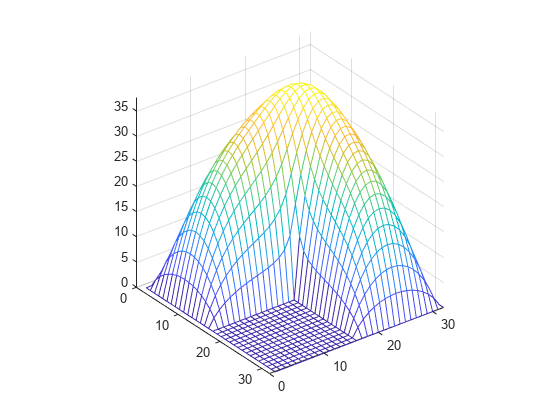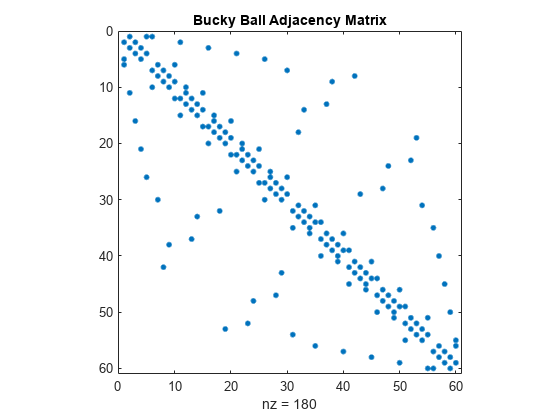Dünn besetzte Matrizen
Dünn besetzte Matrizen ermöglichen die effiziente Speicherung von double- oder logical-Daten mit einer hohen Anzahl an Nullstellen. Werden bei voll (oder dicht besetzten) Matrizen die einzelnen Elemente unabhängig von ihren Werten gespeichert, speichern dünn besetzte Matrizen nur die Elemente ohne Nullstellen sowie die zugehörigen Zeilenindizes. Aus diesem Grund können dünn besetzte Matrizen den für die Datenspeicherung erforderlichen Speicherplatz signifikant verringern.
Alle in MATLAB® integrierten arithmetischen logischen und indizierenden Operationen können auf dünn besetzte Matrizen oder eine Mischung aus dünn und voll besetzten Matrizen angewandt werden. Operationen auf dünn besetzte Matrizen ergeben dünn besetzte und Operationen auf voll besetzte Matrizen ergeben voll besetzte Matrizen. Weitere Informationen finden Sie unter Computational Advantages of Sparse Matrices und Constructing Sparse Matrices.
Funktionen
Themen
- Constructing Sparse Matrices
Storing sparse data as a matrix.
- Computational Advantages of Sparse Matrices
Advantages of sparse matrices over full matrices.
- Accessing Sparse Matrices
Indexing and visualizing sparse data.
- Sparse Matrix Operations
Reordering, factoring, and computing with sparse matrices.
- Iterative Methods for Linear Systems
One of the most important and common applications of numerical linear algebra is the solution of linear systems that can be expressed in the form
A*x = b. - Sparse Matrix Reordering
This example shows how reordering the rows and columns of a sparse matrix can influence the speed and storage requirements of a matrix operation.


